Treatment Sequencing Considerations for Using CAR-T in Patients with Multiple Myeloma
By Sagar Lonial, MD, FACP, Noopur Raje, MD, Krina Patel, MD, MSc - Last Updated: October 15, 2023A roundtable discussion, moderated by Sagar Lonial, MD, FACP, Blood Cancers Today Editor-in-Chief, of the Winship Cancer Institute at Emory University School of Medicine, focused on the latest updates in CAR T-cell therapy for multiple myeloma. Dr. Lonial was joined by Noopur Raje, MD, and Krina Patel, MD, MSc.
In the next segment of the roundtable series, the panel discussed how CAR-T impacts myeloma standard of care, as well as the potential need for maintenance therapy after CAR-T.
Watch the next segment in this series.
—
Dr. Lonial: Krina, I know that you at SOHO presented some data on the impact of CARs [chimeric antigen receptors] on current standards of care. Do you want to give us a little bit of that snapshot?
Dr. Patel: Sure, yeah. I think, again, having more therapies for myeloma is always great, but the difference for CAR-T really has been that quality of life piece for patients, right? That it’s a one-and-done quality of life for that first week when they’re getting lymphodepletion, they’re getting the cells, outpatient/inpatient, it does take away a little bit that they have to be near the center for about three to four weeks. But after that, that quality of life really jumps up compared to the continuous therapy when patients are on. And we have studies that show that now. I will say that because of that we have patients that are asking for it specifically, like, “Hey, can you get me a CAR-T so I can get time off so I can go do this or that?” I’ve had patients go back to work, right?
I think it’s been phenomenal to have that, but I think the sequencing question comes up: How do we give it? The access issue, which I know everyone’s working on really hard to make sure we get enough slots for patients. But even the ability to do this at your centers, right? This is a little bit more high-maintenance therapy. It’s not off the shelf. You have to collect people, you have to send it off, you have to make sure these patients are okay four to eight weeks while you wait for the cells, make sure their myeloma is okay, and then bring them back to actually treat them.
I’ll say after they’ve gotten their cells, after the first couple months, then it’s really easy. It’s making sure they’re okay, but it’s much easier then. But that first few months, it’s a lot of work. All of us are learning how to do this more efficiently. It is phenomenal, but it’s just you have to learn how to manage all this and get patients access.
Dr. Lonial: Yeah. I think the other interesting point, and I’m curious where you all fall on this, is the one-and-done has been sort of the highly touted approach, but certainly for several of my patients, I’m putting on low-dose immunomodulatory drug (IMiD) maintenance a couple months after the CAR to try and prolong that remission even if they’re ponatinib-resistant. I’m curious what you guys are doing.
Dr. Raje: Yeah. I’m doing it more if my patient ends up getting ide-cel (idecabtagene vicleucel), because there’s more data with ide-cel and continuing with lenalidomide maintenance after. We also know that the response rates with ide-cel are a little bit lower compared with cilta-cel (ciltacabtagene autoleucel). With cilta-cel, if they’ve gone into a measurable residual disease (MRD)-negative state, then I really don’t necessarily put them on any IMiD just as yet. I do think tools like MRD testing will be able to help us decide whether or not you need some kind of maintenance, because this is the first time … you know, we like this one-and-done approach, but this is the first time in myeloma that we are doing this one-and-done approach. We may not need maintenance in all patients, Sagar, but we may need it in the high-risk patient population. That’s where I think we don’t have a lot of data; we need to gather more data. In anecdotal patients, I do exactly what you do as well.
Dr. Patel: Yeah, I agree. We actually have a clinical trial for radiation so that we can still try to keep it as a one and done. We do PET scans before and after, and if anybody has any extramedullary or plasmacytomas that are still lighting up, let’s say one to three months after, we just do a low dose of radiation with my colleagues in the radiation department and then monitoring. We’ve had some pretty impressive results so far with that. Again, there’s immunotherapy effects that can happen, etc. I haven’t used systemic therapy yet, but I agree, my high-risk patients who even get into CRs [complete responses] and are MRD-negative six months later, a year later, we’re seeing them with aggressive disease again. If there’s a way to, the high-risk population, again, prolong this, we know that they still do better than anything else, but they don’t do as well as standard-risk patients.
Dr. Lonial: Yeah.
Dr. Raje: Just to speak to that point, actually, we will be starting a clinical trial, and I think this really … I’m putting in a pitch here to study this more. What we are doing here, Sagar, is we are giving patients … these patients who get ide-cel, we’ve stuck with one CAR T-cell because we didn’t want a lot of others. Then what we are doing at the back end is a fixed-duration of a bispecific T-cell engager, and we’re going to do six months of elranatamab after they’ve had the CAR T cells with ide-cel; we’ll see. We are just about beginning to accrue to this and we’ll see what that looks like.
Dr. Lonial: Yeah. I think MRD is always, to me, a bit of a two-edged sword in the sense that, in many of the trials, the day 30 MRD in my mind was meaningless. Is it six months, is it 12 months? What is the time point that you use that has some value? Because we know in earlier lines of therapy, MRD does not correlate with cure; it just correlates with better outcomes. How do you use that to make those decisions about maintenance that you’re talking about?
Dr. Raje: Yeah. But right now, I don’t think I’ve used MRD to make those decisions because it’s still very early data. I agree that the one-month marrow that we do post-CAR T cells, you really don’t find anything. That’s a tough marrow to do. In general, that marrow is fairly empty.
Looking at MRD beyond that, most of the studies we are looking at three months, six months, one year. At least if you look at the cilta-cel data, what the cilta-cel data is showing us now is as long as you are having sustained MRD negativity for one year or two years, those are the patients who have that really long progression-free survival and those are the ones who probably don’t even need any kind of maintenance treatment. I think sustained MRD negativity is something we are going to have to adopt in the CAR T-cell space as yet. I would say at least one year apart, but we need more data.

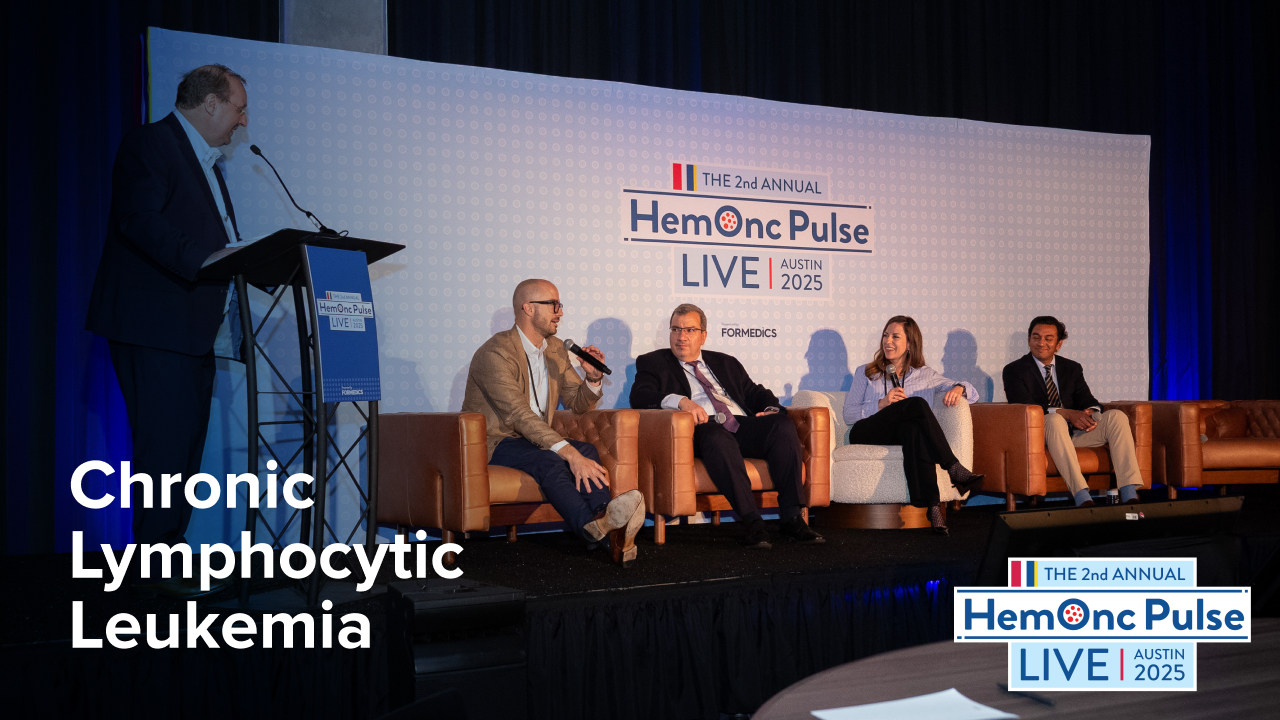
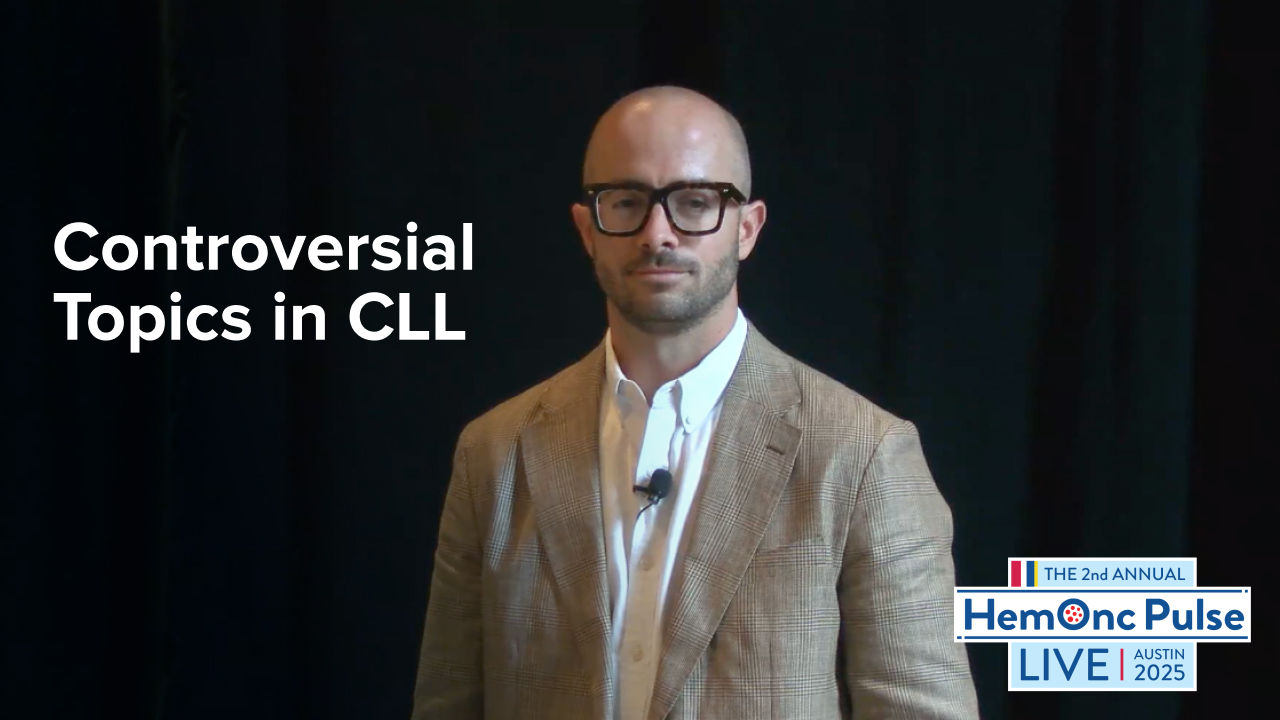
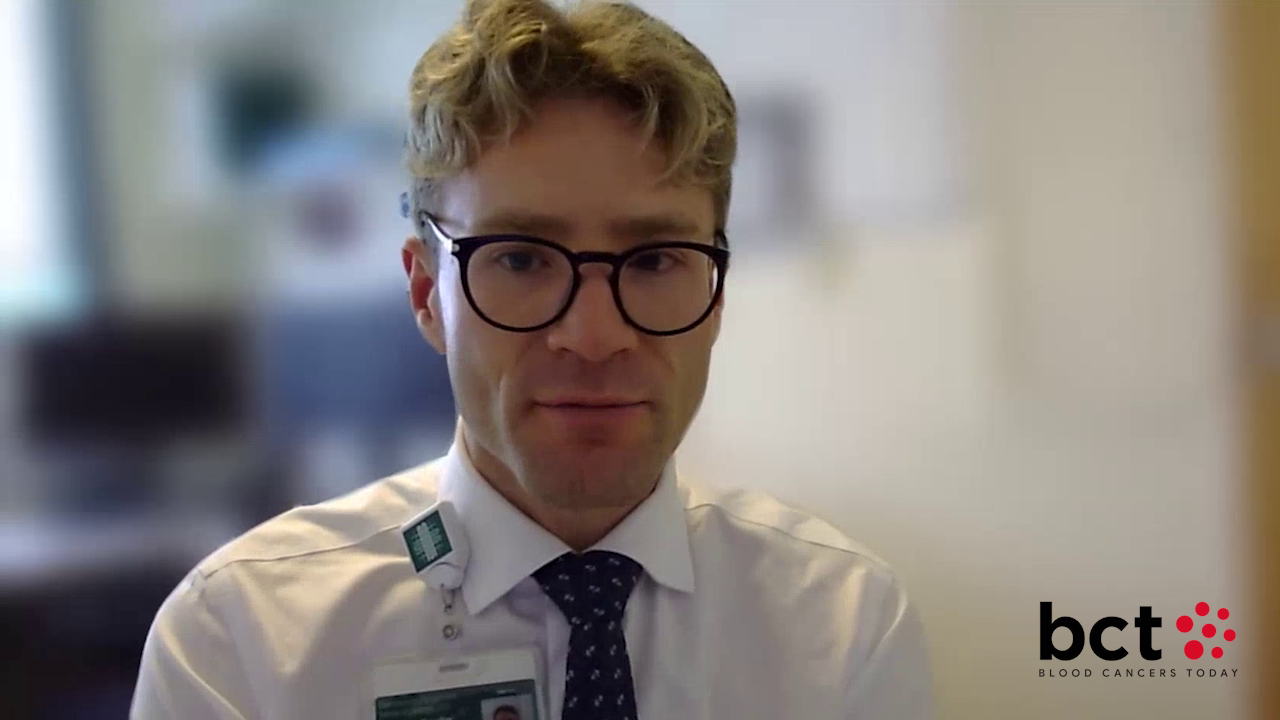
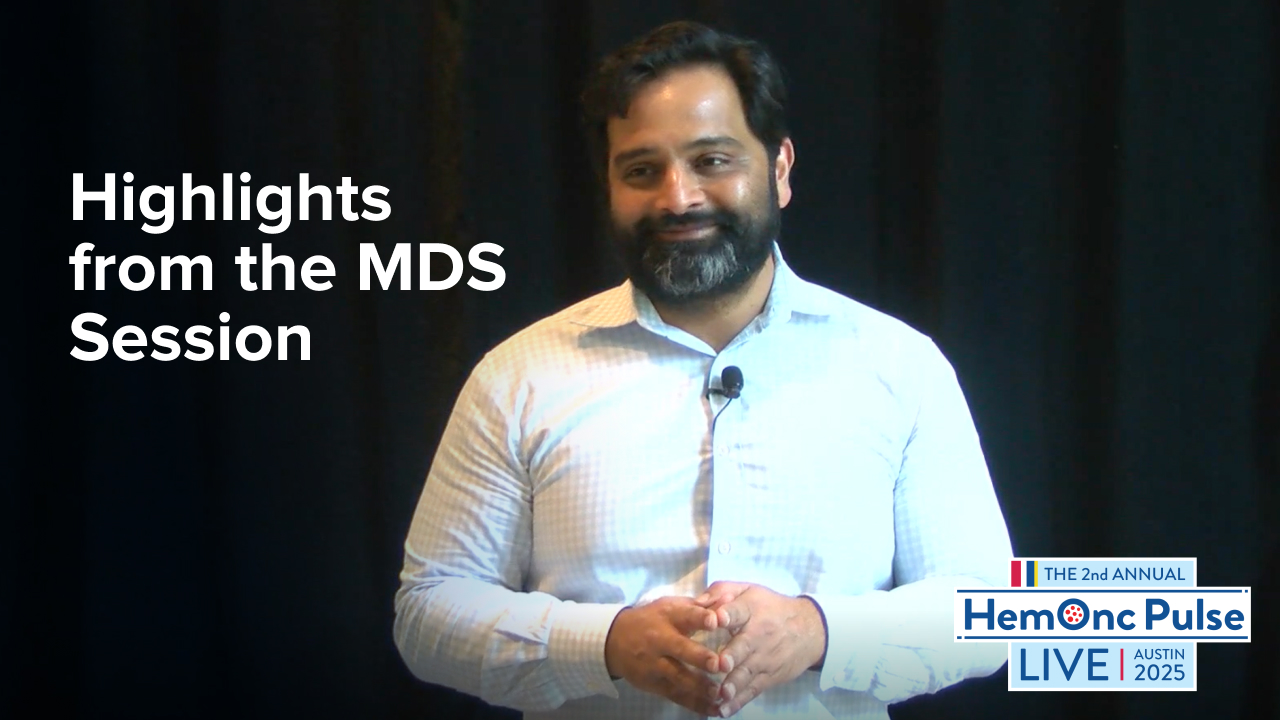
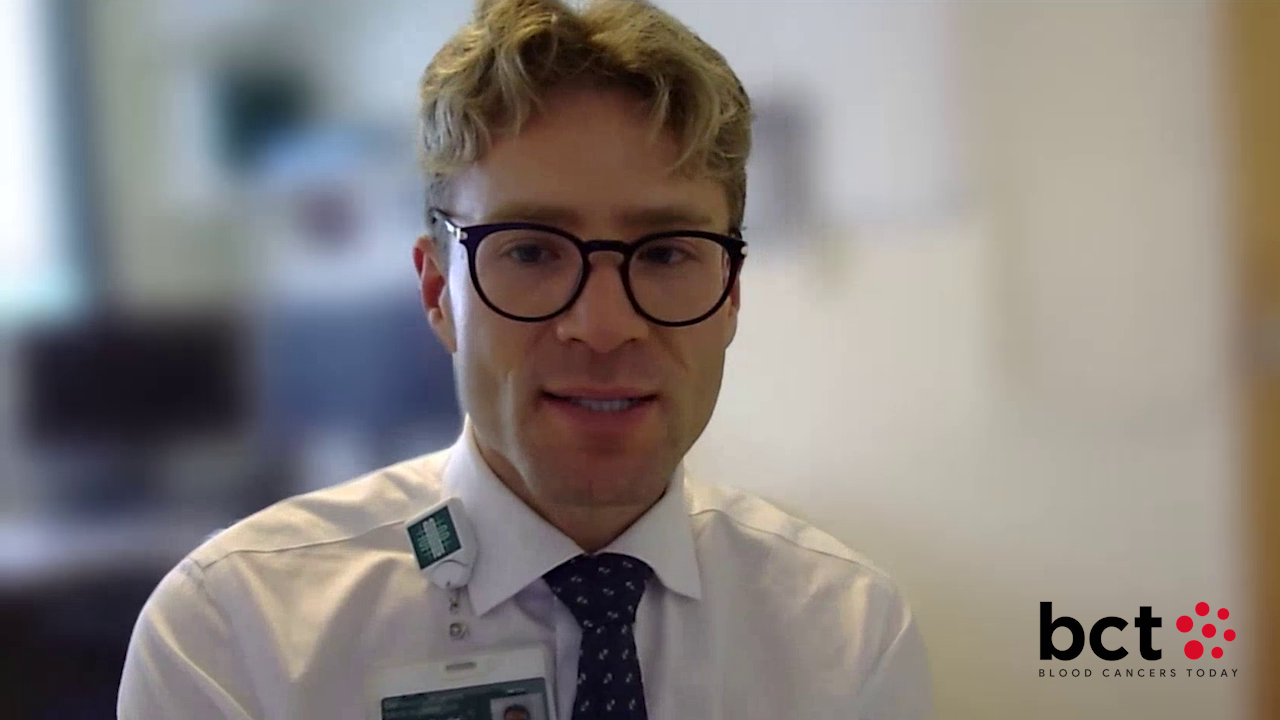
 © 2025 Mashup Media, LLC, a Formedics Property. All Rights Reserved.
© 2025 Mashup Media, LLC, a Formedics Property. All Rights Reserved.